
The Skinny
Skin is the largest organ of the body, covering a total area of approximately twenty square feet. Our skin provides a vital barrier that protects us from microbes and the elements and performs other essential tasks, such as regulating body temperature and sensing touch, heat, and cold.
Aside from being a key component in the proper functioning of the human body, the skin is also a major factor of our outward appearance. We are all aware of how important first impressions are, whether it be for a job interview, a potential romance or a new acquaintance. How our skin appears to other people is a big part of what makes them form that lasting first impression.
Unfortunately, many people don’t feel confident about their skin. Sun-damage or aging will eventually lead to wrinkles, scarring, uneven skin tone, hyperpigmentation, and other aesthetic issues. Though results are not permanent, chemical peels are an extremely effective way to banish these problems for a long while—which is why they’ve become such a well-known remedy for those seeking younger, healthier, and beautiful new skin.
If you’re hoping to transform your skin with a chemical peel, this article will help you understand more about this ultra-popular skin resurfacing technique. Keep reading to learn the facts about chemical peels and whether you’re a good candidate for this procedure.
AEDIT
Before & After Images by Provider
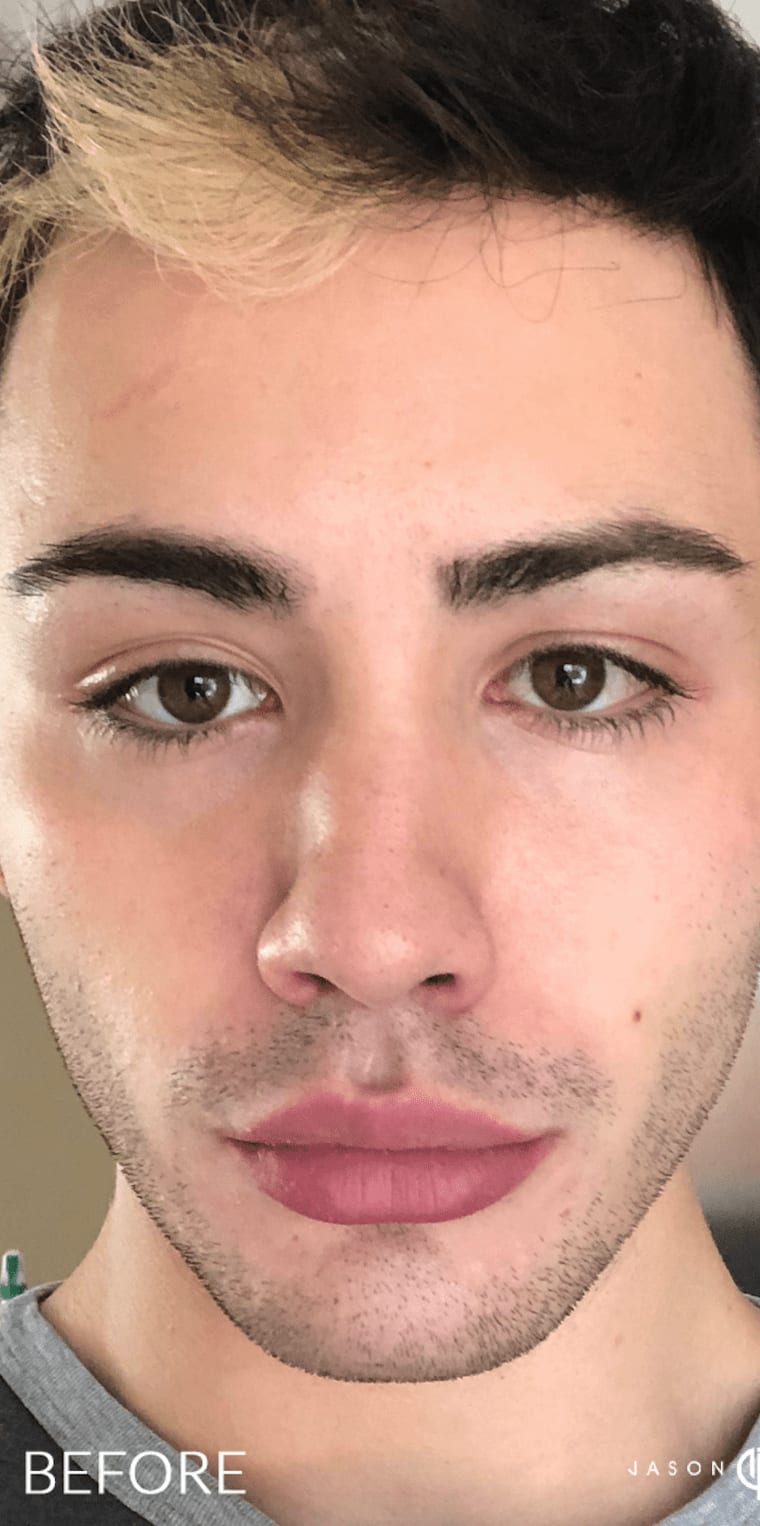
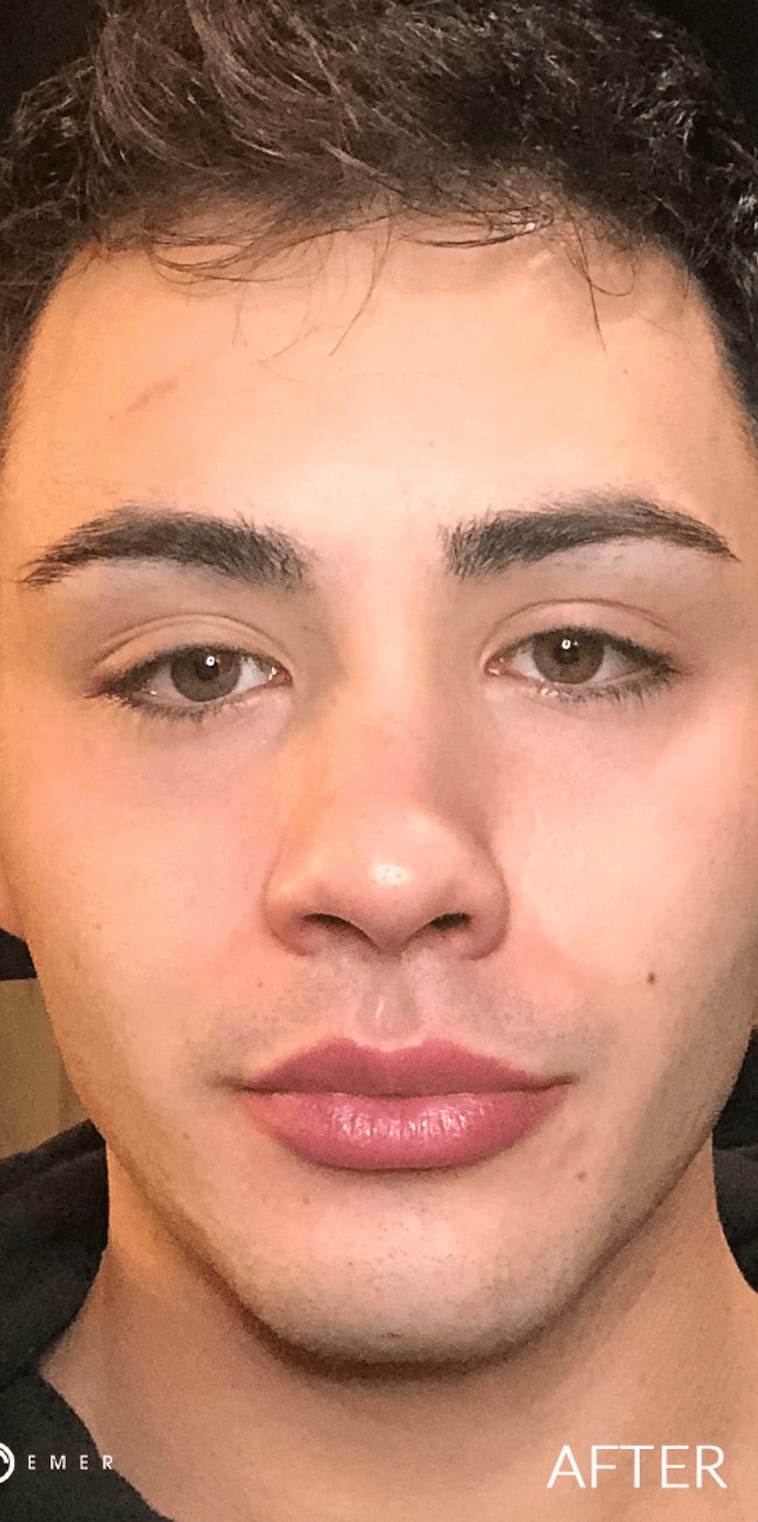

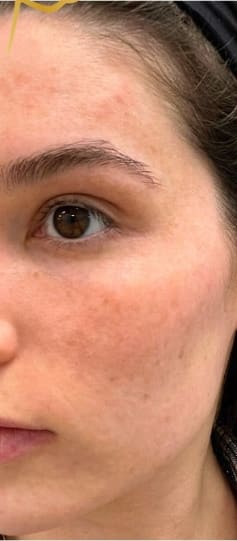






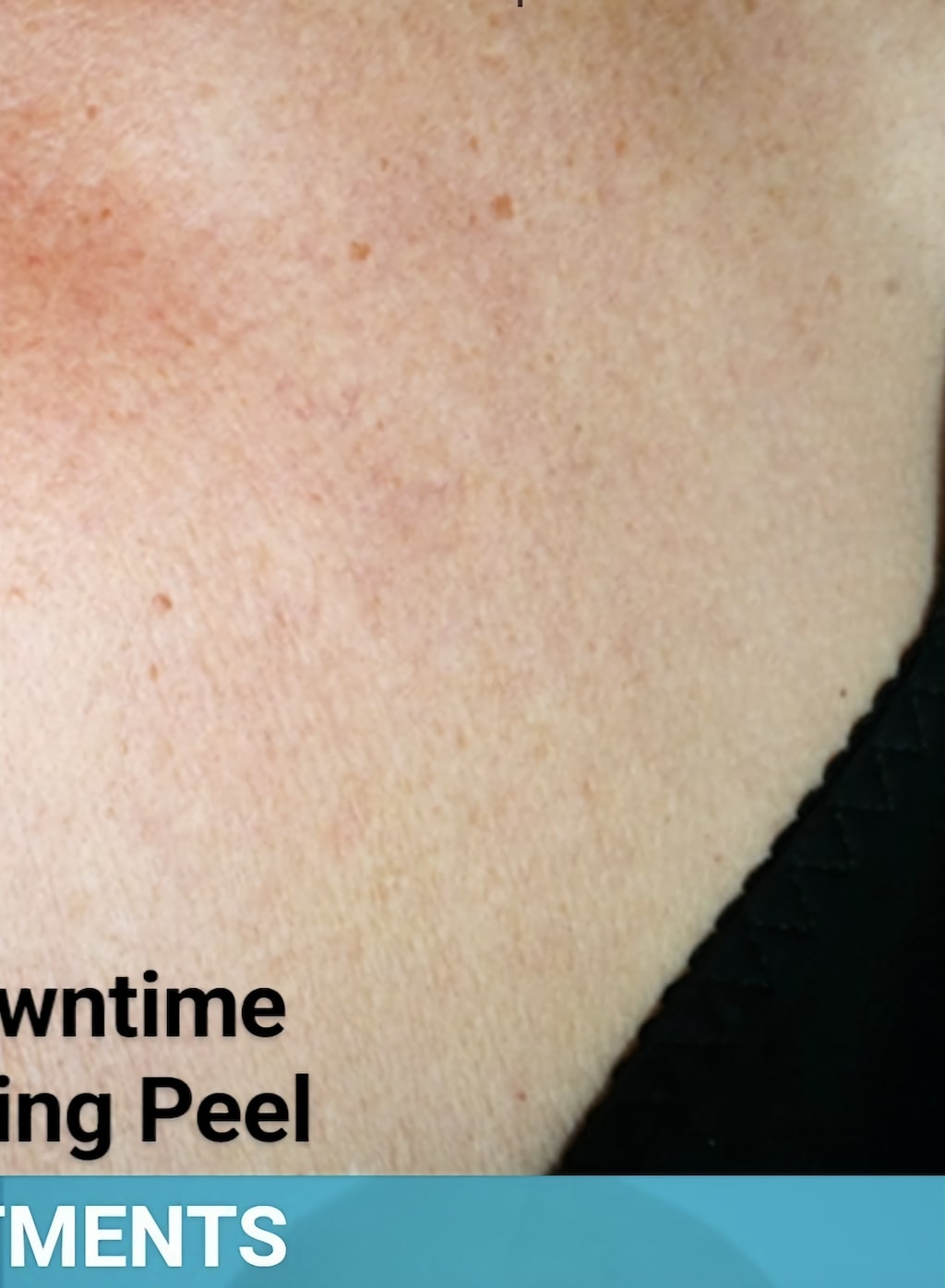
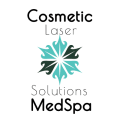
Before & After Images by Provider
Chemical Peels Solutions
The Specifics
Overview
As history would tell us, chemical peels have been used for centuries as an effective skin rejuvenation procedure, though the process has certainly evolved. In Ancient Egypt, for example, acidic peels were made from fermented grapes or soured milk, and were likely to have been a mild but effective cosmetic treatment.
Today’s chemical peels are much more powerful than they’ve been in the past and treat the skin with heavily-researched methods proven for optimal efficacy in the safe removal of damaged skin. Instead of rotting grapes and expired milk, modern chemical peels utilize chemical agents such as salicylic acid, glycolic acid, trichloroacetic acid, or phenol acid to remove layers of the skin from the surface. These chemical peels can achieve amazing results to reduce the appearance of wrinkles, brighten the complexion, and visibly smooth out the skin.
In general, chemical peels are one of the most common and effective treatments for reversing sun-damage and slowing down the natural aging process. If you are interested in having a chemical peel, this guide will help you learn more about the process so that you can decide whether it’s the right cosmetic procedure for you.
What is a Chemical Peel?
A chemical peel is a skin resurfacing and exfoliating technique used to selectively remove the thin, top layer of skin. A chemical solution is applied to the skin which causes it to exfoliate and "peel off" the outer layers, resulting in the growth of a newer, brighter, and smoother layer of skin, encouraging a faster rate of collagen production to occur naturally. Chemical peels serve to both remove brown/red discolorations of the skin as well as remove fine wrinkles thereby creating a younger appearing skin and more even skin tone.
There are many chemical peels available that range from superficial to deep. Your doctor will discuss the different types of chemical peels with you, your medical history, and your skin goals to determine whether light, medium, or deeper peels are right for you.
In general, the type of chemical peel you choose will depend on the desired depth of penetration, your desired outcome, and the length of recovery time you are willing to commit to. Typically, the deeper the peel, the greater the results, but deeper peels are also associated with longer recovery periods and a higher risk of developing side effects.
What are the Benefits of Chemical Peels?
Chemical peels can be performed to improve the appearance of the face, neck, and hands, but are most commonly utilized to improve facial skin. Depending on the intensity of the chemical peel, the procedure can erase or reduce a wide range of skin ailments, including:
Who is an Ideal Candidate for a Chemical Peel?
Chemical peels are suitable procedures for people of all types of skin colors and textures, though people with lighter skin colors will tend to have the best results. Those with darker skin tones will also see improved skin after a chemical peel, though there may be a greater risk for uneven skin tone or some dark spots after it’s completed.
As is the case before any type of medical or cosmetic procedure, seek the advice of your doctor or a dermatologic surgeon. They will likely want to review your medical history and discuss any current or past medical conditions with you to evaluate your readiness for a chemical peel. Notify your doctor of any cosmetic procedures you have had in the past and any medication you have taken recently. Be sure to tell your doctor if you have been using a retinoid cream like Retin-A, as these can enhance the penetration of some chemical peels.
Your doctor may also want to carry out a physical examination to inspect the area of skin that will be treated. They will look at factors like the tone and thickness of your skin to determine whether a chemical peel procedure is the best option for you.
Who is Not a Good Candidate for This Procedure?
While chemical peels can work exceptionally well on many different types of skin, this cosmetic procedure is not suitable for everyone. First and foremost, patients should have realistic expectations of what their results might be after the procedure. In particular, they should know that chemical peels will not decrease pore size, eliminate deep scars, and there is a risk of discoloration of the skin after the procedure is done. It should also be noted that the risk of hyperpigmentation (darkening of the skin) and hypopigmentation (lightening of the skin) is higher for patients with darker skin tones, and the changes in the skin could be permanent.
A chemical peel may not be recommended for anyone with:
The treatment would also not be suitable for anyone pregnant or nursing, uses prescription skin care products, or has used bleach or acid-based products in the last 48 hours. If you’re interested in having a chemical peel and have one of the previously mentioned symptoms or skin issues, speak with your medical professional to discuss your options.
Will I Be Put Under Anesthesia During My Chemical Peel?
A light chemical peel does not usually require any pain relief. For a medium chemical peel, you may be given the option of taking a painkiller or sedative.
If you have a deep chemical peel, you will likely be given a local anesthetic and a sedative to numb your skin and prevent you from feeling the treatment working.
What do Chemical Peels Cost?
According to 2017 statistics gathered by the American Society of Plastic Surgeons, the average cost of a chemical peel was around $698. It's important to note, however, that the cost of chemical peels will vary greatly depending on the type of treatment you choose. Light chemical peels will cost far less than deeper ones, as they are much less invasive medical procedures and do not require anesthesia.
In general, however, prices start at around $75 a treatment for the most superficial chemical peels and can reach up to a maximum of $4000 a treatment for deep peels. The price you’ll ultimately pay will depend on several factors aside from the type of chemical peel you’re having, including your doctor’s fees, anesthesia or other hospital costs that may apply, and your clinic’s geographical location.
The best way to get the most accurate price estimate for your chemical peel is to schedule a consultation with a reputable dermatologist or plastic surgeon. He or she will be able to evaluate your skin closely and offer recommendations on the specific type of chemical peel that will most benefit your skin, and an exact estimate of what that procedure will cost. Learn more in our complete guide to chemical peel costs.
Are Chemical Peels Painful?
Light and medium chemical peels do not cause a great deal of pain, but many patients experience some stinging during or after the procedure akin to a sunburn. Pain for deeper peels is managed with the local anesthetic and sedative administered before the procedure begins.
After the procedure, your doctor will provide you with instructions for handling mild pain, and will likely suggest an over-the-counter pain medicine like Advil®, Tylenol®, or Ibuprofen to reduce pain and inflammation. Chemical peels usually result in some level of redness, swelling, and irritation, depending on the depth of the peel, but the use of appropriate creams and gels should reduce these effects.
How Will I Prepare Before Having a Chemical Peel?
For patients having deep peels, your medical professional might implement a retinoid cream (tretinoin) treatment process up to eight weeks before the procedure begins to shorten treatment time and speed up the healing process, or using a bleaching agent (hydroquinone) and a retinoid cream (tretinoin) before or after the procedure to prevent skin darkening.
If the patient has a history of herpes infections around the mouth, an antiviral medication will likely be prescribed before and after treatment to help prevent a viral infection. It's also important to consistently use sunscreen at least four weeks before the procedure to help prevent irregular pigmentation in treated areas. About a week before the peel, you’ll likely be instructed to stop waxing or using depilatory hair removal products, or receiving bleaching treatments or exfoliating facial scrubs in the week before a peel.
Are There Any Potential Side Effects or Complications from Chemical Peels?
Side effects from a chemical peel vary based on the type of peel. For lighter peels, the most common side effects include hyperpigmentation and infection. For medium peels, hyperpigmentation is also a common side effect, along with prolonged redness and a slight but possible chance of permanent scarring.
Patients having deeper peels should be aware of the possibility of all of the above side effects, as well as a slight but possible risk of heart, kidney, or liver damage.
In very rare cases, chemical peels (usually deeper ones) can come with the risk of bacterial or fungal infection, contact dermatitis, irritation, burning, pruritus, pain, persistent erythema, edema, and blistering. Delayed side effects may include scarring, delayed healing, milia, textural changes, hyperpigmentation, hypopigmentation, lines of demarcation, loss of cutaneous barrier and tissue injury, and acneiform eruptions.
What Types of Chemical Peels Are There?
There are three main types of chemical peels:
What is the Procedure Like?
In a typical chemical peel procedure, the ideal chemical is chosen for the desired depth of penetration. For deep peels, a local anesthetic will be administered to block pain and a sedative to relax before treatment begins.
For all depth levels, the skin will be thoroughly cleansed before the administration of the solution. Once the skin is cleaned and prepared for treatment, the appropriate chemical solution is then applied to the desired areas. For light peels, the most commonly used chemical solutions are mild and may include combinations of alpha hydroxy acids and beta hydroxy acids, which will be brushed onto the face or other areas and left for just a few minutes. For medium peels, stronger chemicals like trichloroacetic acid (TCA), Jessner’s Solution, and glycolic acid are the most frequently applied chemical solutions. Phenol is the most commonly used chemical for deep peels, and the length of the application will be determined by your doctor.
The candidate is closely observed for changes to the skin. Whitening of the skin is monitored to assess epidermal damage and the procedure will be stopped at any signs of epidermolysis or erythema, which could signify rapid deterioration of the skin. As the peel progresses and the skin begins to take on a frosted appearance, this will indicate a deeper depth of penetration into the dermis and the ideal result.
Once the appropriate amount of time has elapsed, the solution is then neutralized with another agent such as sodium bicarbonate. Some lighter peels do not require neutralization, as the skin naturally neutralizes them. The skin is then cleansed, and various dressings such as silicone may be applied. Thick ointments or emollients like petroleum jelly can be utilized after the peel has completed as a protective barrier. This is more common for deep peels and is typically not necessary for the most superficial peels.
Keep in mind that the depth of the peel is determined not just by the chemical composition or strength of ingredients, but also by the length of time it is left on the skin.
How Long Does it Take to Recover from a Chemical Peel?
Recovery time after a chemical peel can range between 0-3 months, depending on the invasiveness of the procedure.
A light, superficial peel takes one to seven days to heal. Treated skin will be red and may scale initially, so lotion should be applied until the skin heals. Sunscreen should then be used every day. Makeup can usually be worn the day after treatment.
Medium chemical peels can take up to 14 days to heal. Treated skin will be red and swollen initially, and swelling can worsen in the first 48 hours. Patients may experience blistering of the skin and eyelids swelling shut. Skin must be soaked daily, and ointment should be applied afterward. Exposure to the sun should be avoided during recovery time, and camouflage makeup can be worn five to seven days after the treatment. A follow-up appointment is necessary to monitor progress.
After a deep chemical peel, the treated area will be bandaged, requiring up to 21 days to heal. The skin must be soaked up to six times a day, and ointment must be applied for the first fourteen days. Sun exposure should be avoided completely for three to six months. It is necessary to have several follow-up appointments to monitor recovery.
What is Recovery Like?
Depending on the type of peel, recovery can last as little as 1 day or continue for several months. Skin erythema, flaking, dryness, crusting, and peeling are common after any type of chemical peel. It is advised to avoid sun exposure during healing. Do not pick or peel flaking skin.
To alleviate discomfort, ice packs or the breeze from a fan may be used for comfort as well as over-the-counter pain-relieving medication, such as ibuprofen (Advil®, Motrin® IB, and others) and naproxen sodium (Aleve®, among others). As swelling decreases treated, the skin will begin to form a crust and might darken or develop brown blotches. After a deep chemical peel, it is normal to experience severe redness, swelling, burning, throbbing, and eyelids might swell shut.
A watertight dressing may be applied to the treated skin for deeper peels. Sleeping in a semi-reclined position may also help to reduce swelling. Treated areas will develop new skin within about two weeks after a deep chemical peel, although cysts or white spots might appear for several weeks and redness might last for months. The treated skin might become darker or lighter than normal or lose the ability to tan. Once new skin completely covers the treated area in about two weeks, cosmetics may be used to conceal any redness.
Are Results Permanent or Temporary?
Results from any chemical peel are temporary because our skin continues to age and change. Given time, you will continue to acquire lines by squinting and smiling. New sun damage also can reverse your results and cause changes in your skin color.
Results also vary depending on the depth of penetration. Generally, it is recommended to continue upkeep peels to maintain results, though deep peels may require only one treatment with results lasting for years afterward. A superficial peel can be done as often as once per month and up to six treatments may be necessary to get the desired results and will last for years afterward under the best conditions.
The Takeaway
Conclusion: The Pros and Cons of Chemical Peels
For the right candidate, chemical peels can result in significant improvements to the appearance and condition of the treated skin. Patients benefit from smoother skin and a reduction of deep or coarse wrinkles, dryness and pigmentation changes. Chemical peels can also work well for people who have acne scars, giving them improved skin texture.
The drawbacks of chemical peels are the possible side effects and the possibility of an extended recovery, particularly for deep chemical peels. Some may have an elevated risk of toxicity and infection or even heart, liver, and kidney damage with the use of phenol for a deep chemical peel. For others, light or medium chemical peels may treat only superficial issues and they may require multiple treatments to experience the best results possible.
Overall, there’s no denying that chemical peels—whether they’re deep, medium, or a series of lighter ones, can offer dramatic results. Patients that choose the right cosmetic surgeon or dermatologist to perform the procedure can expect to see significant improvements to their skin after treatment, that could be impressive enough to justify the cost, risks, recovery times that go hand-in-hand with receiving the treatment.
If you’re interested in chemical peel procedures, talk to your doctor to discuss possible treatment plans that are right for you. Your medical professional will suggest the right course of action to improve the quality and appearance of your skin, and what it will take to achieve the best results.



